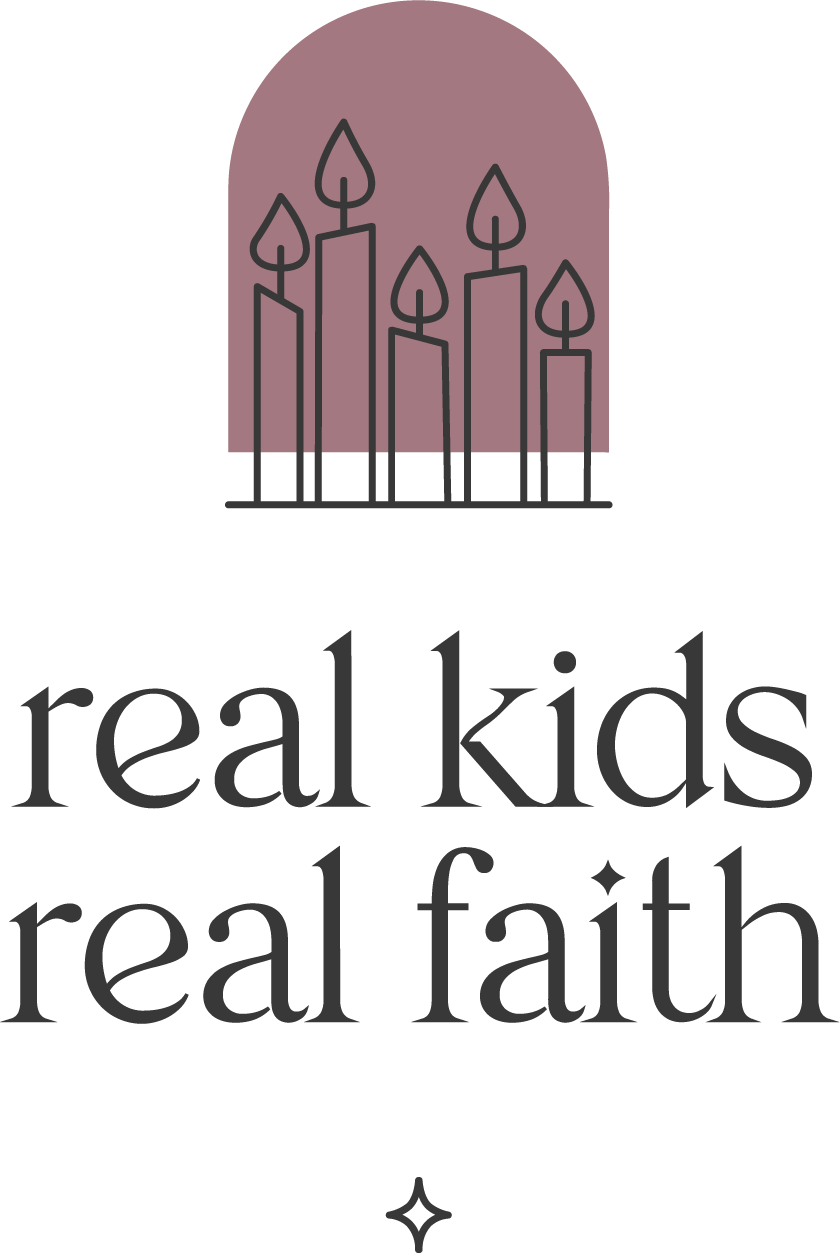My family was doing our regular post-school, pre-dinner thing when the radio paused its scheduled programming to announce the Derek Chauvin verdict. We had been discussing George Floyd’s brutal death since the video was made public last year. The guilty verdict against Chauvin is a milestone in America’s ongoing struggle with race relations.
As this case comes to a close, I want my children not just to be able to recite facts about America’s traumatic history with race, but for them to see the ways these events shape how they understand themselves and the world. I want them to decide how they intend to live differently because of Floyd’s murder and Chavin’s conviction.
Educational researcher Ruth Wills notes that one of the challenges in creating this kind of reflective knowledge is navigating the gap between the individual and the event. Learning the facts and hearing different news reports can leave children feeling like bystanders, which allows them to keep events at a distance and avoid the work of personal change. Our goal instead should be to have children stand in the gap as participants. To understand themselves as part of these events by nature of their humanity and therefore required to do the necessary work of internally processing them.
Wills found that self-study, asking questions, and creating memories help to move children from bystanders to participants. These acts correlate with three main areas of awareness – identity, making meaning, and remembering – that children need to process traumatic historic events. We’ve adapted her findings to help you assist children as they process the Chauvin trial.
Identity. Connecting the trial to a child’s spiritual identity helps them internalize the event and reassess their values and relationships with others. The history of racial tension in the United States continues to shape its residents’ cultural and personal identities. Collect images from the scene of the crime, as well as the trial and the vigil and protests outside the courthouse (see Related Resources for suggestions). Using the pictures, begin a conversation with your child about what it means to be black or white in America. You might ask questions like: What are you noticing about the people in these pictures? What would it feel like to be present at the trial or in the protest? Where would you be in these pictures? Answer any questions your child might have about what they are seeing.
Making-Meaning. In addition to reconceptualizing their self-identity, children also need to understand the event within its social and cultural context, exploring not only what this event means to them, but also what it means to others and our society as a whole. Invite your child to explore a piece of America’s racial history that interests them, such as specific events in the civil rights movement, the history of policing and statistics on police brutality, or the problem of white privilege. Have them use this information to explore questions such as: Why is this trial so important for civil rights? How might this guilty verdict change policing? How would this event feel as a black person? How would this event feel as a white person?
Remembering. The step of remembering involves thinking about what you have learned and what you want to remember. The process of remembering helps the child to make connections between the event, their lives, and how they anticipate being different because of their personal engagement with the event. Help your child identify important ideas they want to hold onto from reflecting on the Chauvin verdict. Decide on a way to keep that remembrance at the forefront of their lives. You might:
- Draw a picture or design a poster that you can display prominently in your home.
- Incorporate a racial justice action into your Family’s Spiritual Rule (link to post)
- Create a specific ritual or routine, such as naming those killed by police brutality on the anniversary of the verdict or participating in a yearly volunteer project in honor of George Floyd
Photo Credit: Tony Webster

Comments